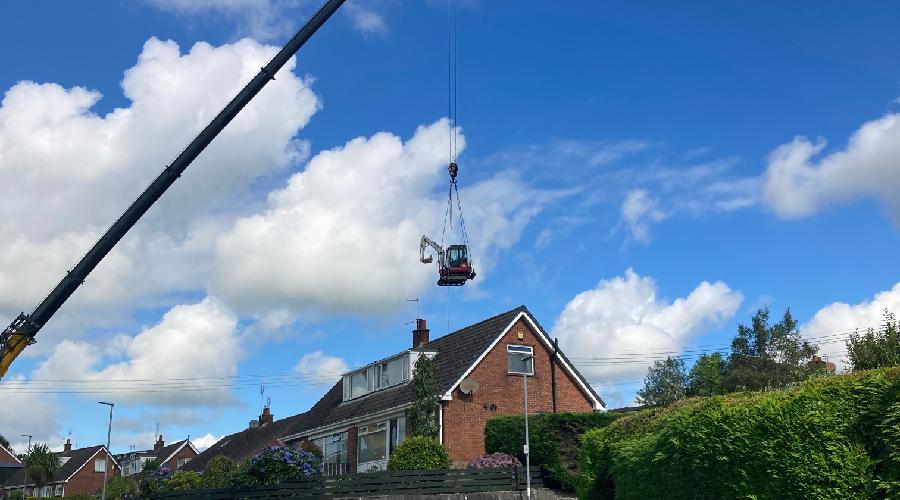
Lift Categories are determined by both the Environmental Complexity & the Load Complexity of each lift.
Basic lift - where the load characteristics are considered straightforward and there are no significant hazards within the working area or on the access route for the crane to the working area
Intermediate lift - where significant hazards have been identified with the load or with the working area or access route of the crane
Complex lift - where significant hazards have been identified with the load or with the working area or access route of the crane, and the crane is used to lift complex loads or persons, or where two or more cranes are used to lift the load, or where the lifting operation is carried out at a location with exceptional hazards e.g. a chemical plant.
Whether a lift is being carried out under Contract Lift or planned & managed internally, Categorisation of the lift is important and will ultimately determine the level of information required within any Lift Plan, pre-site requirements, the make-up of the Lift Team and the level of supervision required during the lift.
The table below shows the typical make-up of the Lift Team depending on the Lift Type
| Role | Lift Type | ||
| Basic | Intermediate | Complex | |
| Appointed Person | Not Essential | May be required | Required |
| Lift Supervisor | Roles may be combined | Roles may be combined | Required |
| Lifting M/C Operator | Required | ||
| Banksman/slinger | May be required | Required | Required |
